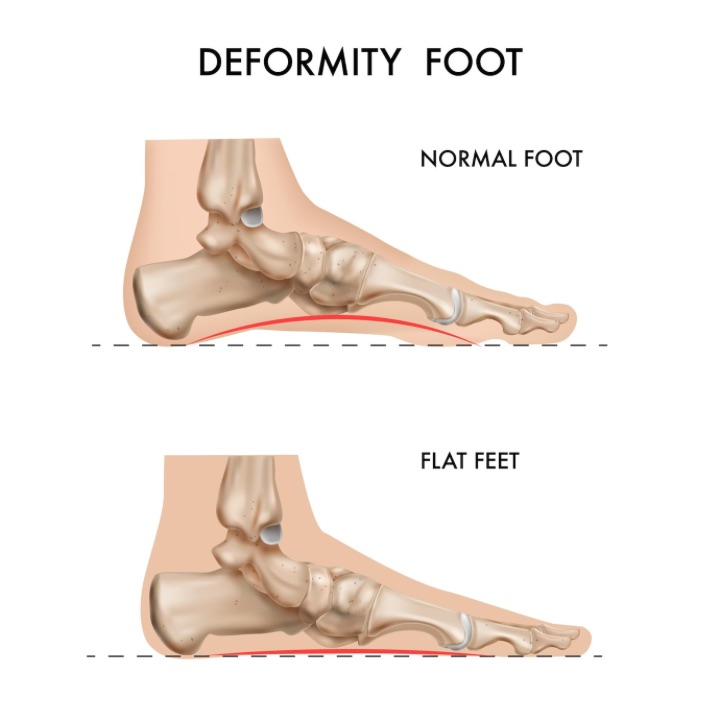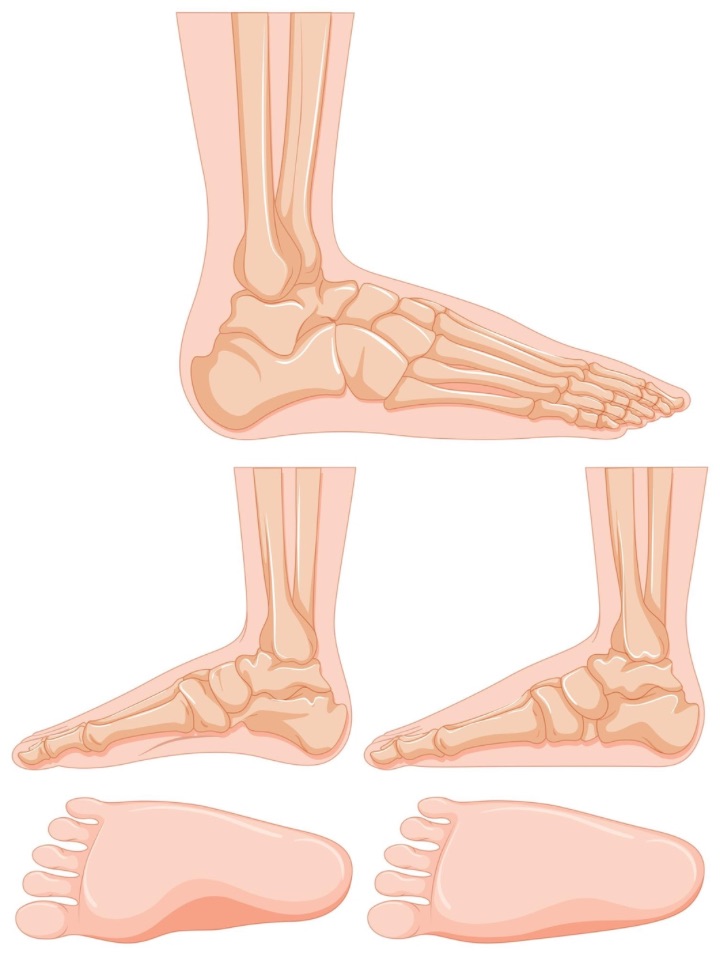Are you experiencing pain in your lower leg? You may be suffering from Peroneal Tendinopathy.
Peroneal tendinopathy is caused by the wearing of the peroneal muscles and tendons around the outside of the ankle joint, leading to pain, swelling, difficulty walking and difficulty to turn the foot.
It can affect anyone, but peroneal tendonitis occurs commonly in athletes participating in running, jumping or activities that involve repetitive ankle motion.
Knowing what causes it, how to diagnose it, and how to treat and prevent it are vital for managing it.
Peroneal Tendinopathy, characterized by tenderness, swelling and pain on the outside of the foot and ankle, occurs due to the wearing of the two peroneal tendons. The tendons are unable to withstand regular forces when subjected to monotonous stress.
Excessive running, jumping, or other high-impact activities are common causes. Treatment typically involves modifying exercises, making lifestyle changes, and considering alternative therapies like ultrasound or corticosteroid injections. In cases of tendon tears, surgery may be necessary.
To prevent Peroneal Tendinopathy, it is essential to wear properly fitted shoes with good arch support during exercise and engage in post-workout stretching. Cross-training, alternating activities such as walking with high-impact sports like running or basketball, can help reduce strain on the affected area.
If you experience any symptoms of Peroneal Tendinopathy, such as pain or swelling in the lower leg or ankle, it is important to seek immediate medical attention for a proper diagnosis and an effective treatment plan.
Do you experience acute pain or tenderness along the outside of your leg? If so, you may be suffering from peroneal tendinopathy.
Symptoms include:
Managing pain is possible with physiotherapy, lifestyle modifications, and identifying triggers. Heat application can also help relieve symptoms.
Strengthening exercises and stretches are beneficial for reducing pain and restoring the normal range of motion to affected areas. Wearing supportive shoes can prevent further injury by providing additional cushioning and stability to the area around the tendon.

Photo Credit: macrovector, Freepik
Staying active while managing pain levels and focusing on slow, controlled movements during activities like running or jumping is important. Finally, it’s essential to make any necessary lifestyle modifications, such as decreasing weight if overweight or obese; this will help reduce pressure on affected areas.
Cases of peroneal tendonitis are often triggered by the overuse of tendons or anatomical variations that exert excessive biomechanical stress on the peroneal tendons surrounding the ankle. Here’s what you need to know:
Prevention of peroneal tendinopathy is equally crucial. It often involves:

Photo Credit: brgfx, Freepik
Peroneal tendinopathy diagnosis can be a complex process due to the multiple conditions that can cause discomfort in the ankle area. The following steps are typically involved in diagnosing this condition:
Once peroneal tendinopathy is diagnosed, your doctor will develop a treatment plan based on their findings. This typically involves:
Preventing the recurrence of peroneal tendinopathy is also crucial. Prevention strategies often include:
Peroneal tendinopathy, characterized by pain and discomfort in the ankle, requires a timely diagnosis and proper treatment plan. Here are some of the ways for treating peroneal tendonitis:
With time, consistent therapy, and adherence to the prescribed treatment plan, most individuals can expect a full recovery from peroneal tendinopathy symptoms. Maintaining regular follow-ups with your healthcare provider to monitor progress and adjust treatment as necessary is crucial.
Wear proper footwear and perform regular strengthening exercises and stretching techniques to reduce your chances of developing this condition. This will help strengthen the muscles in your lower legs and ankles, thus helping to prevent overuse injuries.

Photo Credit: Freepik
Additionally, take breaks from activities that require monotonous motions or heavy loading of the feet and ankles, such as running or jumping. If an exercise causes pain or discomfort while performing it, stop immediately and rest for a few days before returning to that activity.
Finally, properly warm up before exercise by doing some light stretching and aerobic movements first. Following these tips can help protect your feet from injury and keep them healthy!
Eliminating peroneal tendinopathy typically involves rest, ice therapy, physiotherapy with targeted exercises, possibly using ankle braces for support, and anti-inflammatory medications.
The time for recovery from peroneal tendinopathy varies depending on the severity of the condition, but it generally ranges from a few weeks to several months with consistent treatment and therapy.
Peroneal tendonitis can be triggered by monotonous movements that stress the peroneal tendons, such as running and jumping, or anatomical variations like high arches or flat feet that put excessive strain on the tendons.
Walking with peroneal tendonitis is generally okay, but it should be done cautiously and without causing pain. Overdoing it can exacerbate symptoms and delay healing. Always follow your healthcare provider’s advice.
Peroneal tendinopathy, also known as peroneal tendonitis, is a condition characterized by inflammation or irritation of the peroneal tendons.
Peroneal tendinopathy can be caused by a variety of factors, including overuse or repetitive activities, ankle sprains or injuries, improper footwear, and anatomical abnormalities.

Photo Credit: macniak, Envato
Common symptoms of peroneal tendinopathy include pain and swelling outside the foot, difficulty walking or running, instability in the ankle, and a feeling of weakness in the foot and ankle.
A foot and ankle surgeon will typically diagnose peroneal tendinopathy through a physical examination, review of medical history, and potentially imaging tests such as X-rays or MRIs.
Peroneal tendinopathy treatment may include rest, ice therapy, non-steroidal anti-inflammatory drugs (NSAIDs), physical therapy exercises, orthotic devices, and in severe cases, surgery.
The time for recovery for peroneal tendinopathy can vary depending on the severity of the condition and the chosen treatment approach. It may take several weeks to months for symptoms to improve and full recovery to occur.